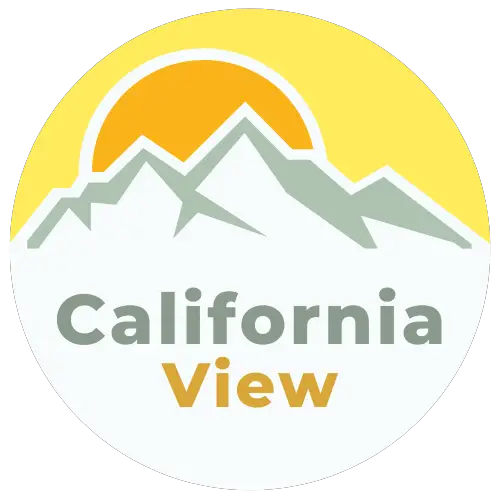California is in the western United States and is known for its diverse geography, economy, and culture. One of the most common questions people ask about California is its length. The length of California is an essential aspect of its geography, as it influences everything from its climate to its transportation infrastructure.
According to available data, California is approximately 840 miles long. This measurement includes the state’s coastline, stretching over 1,100 miles along the Pacific Ocean. However, it is essential to note that the length of California can vary depending on how it is measured.
For example, some sources may measure the state’s length from its northernmost point to its southernmost point, while others may measure it from its easternmost point to its westernmost point.
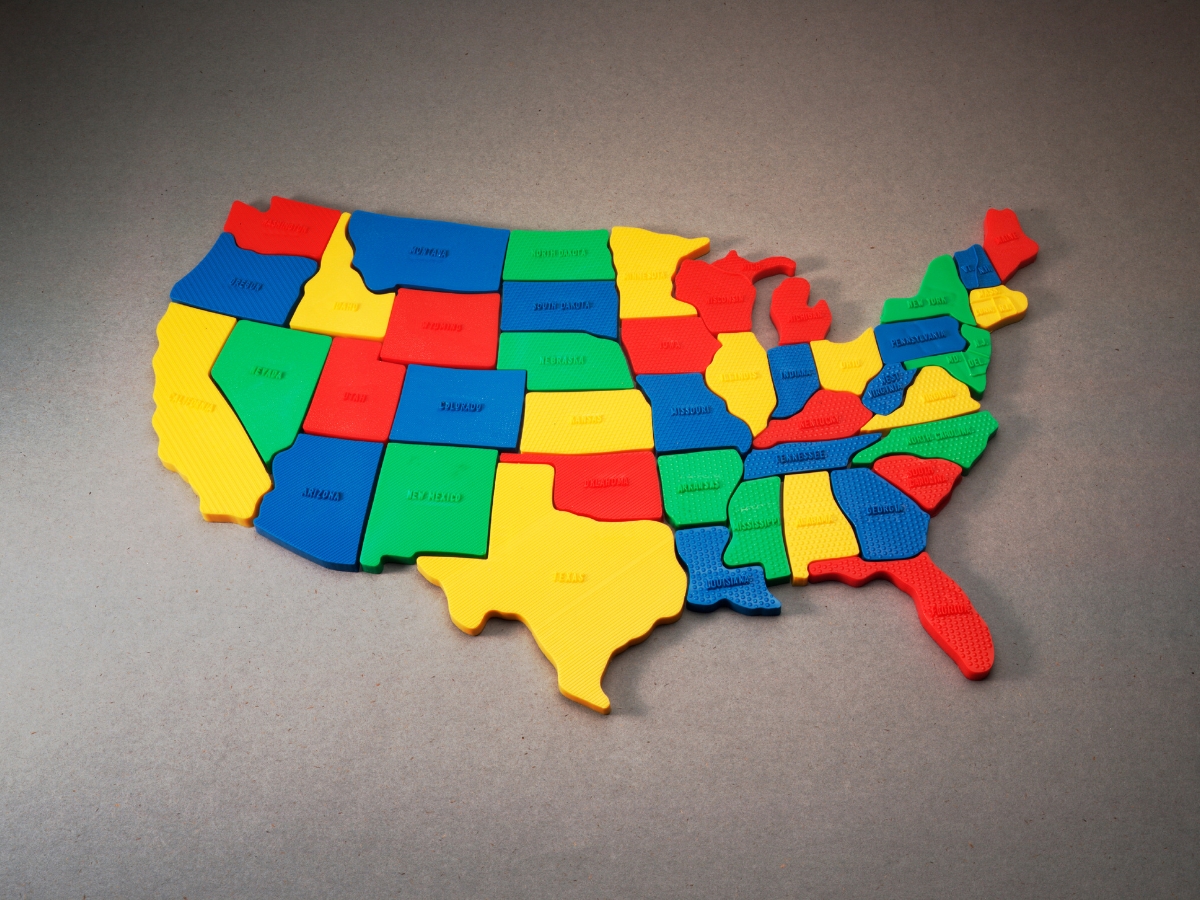
Geographical Overview
California is located in the western United States and is the third-largest state in terms of land area. It is situated on the Pacific Coast and shares borders with Oregon to the north, Nevada to the east, and Arizona to the southeast.
California is known for its diverse geography, including mountains, deserts, lakes and rivers, and a long Pacific Coast. It is home to several metropolitan areas, counties, and national parks that attract tourists worldwide.
Mountains
California is home to several mountain ranges, including the Sierra Nevada, Cascade Range, and the Tehachapi Mountains. The Sierra Nevada is the highest mountain range in California, and its highest peak, Mount Whitney, stands at 14,505 feet. The Cascade Range is located in the northern part of the state and includes several active volcanoes. The Tehachapi Mountains are situated in the southern part of the state and are known for their scenic beauty.
Deserts
California has two major deserts, the Mojave Desert and the Sonoran Desert. The Mojave Desert is located in the southeastern part of the state and covers an area of approximately 25,000 square miles. It is known for its extreme temperatures and unique geological formations. The Sonoran Desert is located in the southeastern part of the state and is known for its diverse plant and animal life.
Lakes and Rivers
California is home to several lakes and rivers, including Lake Tahoe, the Colorado River, and the Sacramento River. Lake Tahoe is a freshwater lake located in the Sierra Nevada Mountains and is known for its crystal-clear waters. The Colorado River is a major river in the southwestern United States and is used for irrigation and hydroelectric power generation. The Sacramento River is the longest river in California and is used for transportation and irrigation.
Pacific Coast
California has a long Pacific Coast that stretches for over 840 miles. It is known for its beautiful beaches, rugged coastline, and scenic vistas. The Santa Monica Mountains and the Big Sur coastline are popular tourist destinations along the Pacific Coast.
Metropolitan Areas
California is home to several metropolitan areas, including Los Angeles, San Francisco, San Diego, and San Jose. Los Angeles is the most populous city in California and is known for its entertainment industry. San Francisco is known for its iconic landmarks, such as the Golden Gate Bridge and Alcatraz Island. San Diego is known for its mild climate and beautiful beaches.
Counties
California is divided into 58 counties, including Contra Costa, El Dorado, Kern, Kings, Marin, Merced, Monterey, Orange, San Bernardino, San Joaquin, Santa Barbara, Santa Cruz, Shasta, Sonoma, and Sutter. Each county has its own unique geography, culture, and economy.
National Parks
California is home to several national parks, including Yosemite National Park and Sequoia National Park. Yosemite National Park is known for its stunning natural beauty, including waterfalls, granite cliffs, and giant sequoia trees. Sequoia National Park is known for its giant sequoia trees, which are some of the largest trees in the world.
California’s diverse geography and natural resources make it a popular destination for tourists and a hub for various industries. Its unique landscape has also inspired many artists, writers, and filmmakers over the years.

Political Landscape
California is known for its diverse and complex political landscape. The state has a Democratic governor and a supermajority in the legislature, which has allowed for progress towards Democratic policy goals. However, despite the overall support for the Democratic Party, opinions on some policy issues have grown more polarized in certain parts of the state.
State Capital
The state capital of California is Sacramento. It is located in the northern part of the state and is the sixth-largest city in California. Sacramento has a rich history and is known for its role in the California Gold Rush and the Transcontinental Railroad. Today, it is the center of California’s government and is home to the California State Capitol.
Political Status
California is a U.S. state located on the West Coast. It was admitted to the Union on September 9, 1850, as the 31st state. California’s statehood was a result of the Compromise of 1850, which allowed for California to enter the Union as a free state, while also enacting stricter fugitive slave laws.
California shares borders with Nevada, Oregon, and Arizona, as well as Mexico to the south and Baja California to the west. The state’s location and diverse population have made it a key player in national politics, with California having the largest population of any U.S. state.
California’s political status has also been shaped by its history of progressive policies, such as being the first state to legalize medical marijuana and same-sex marriage. The state has also implemented reforms aimed at expanding its electorate, such as registering all eligible residents to vote.
Overall, California’s political landscape is complex and diverse, with a history of progressive policies and a strong Democratic presence. Despite some polarization on certain policy issues, California remains a key player in national politics and a leader in progressive policies.
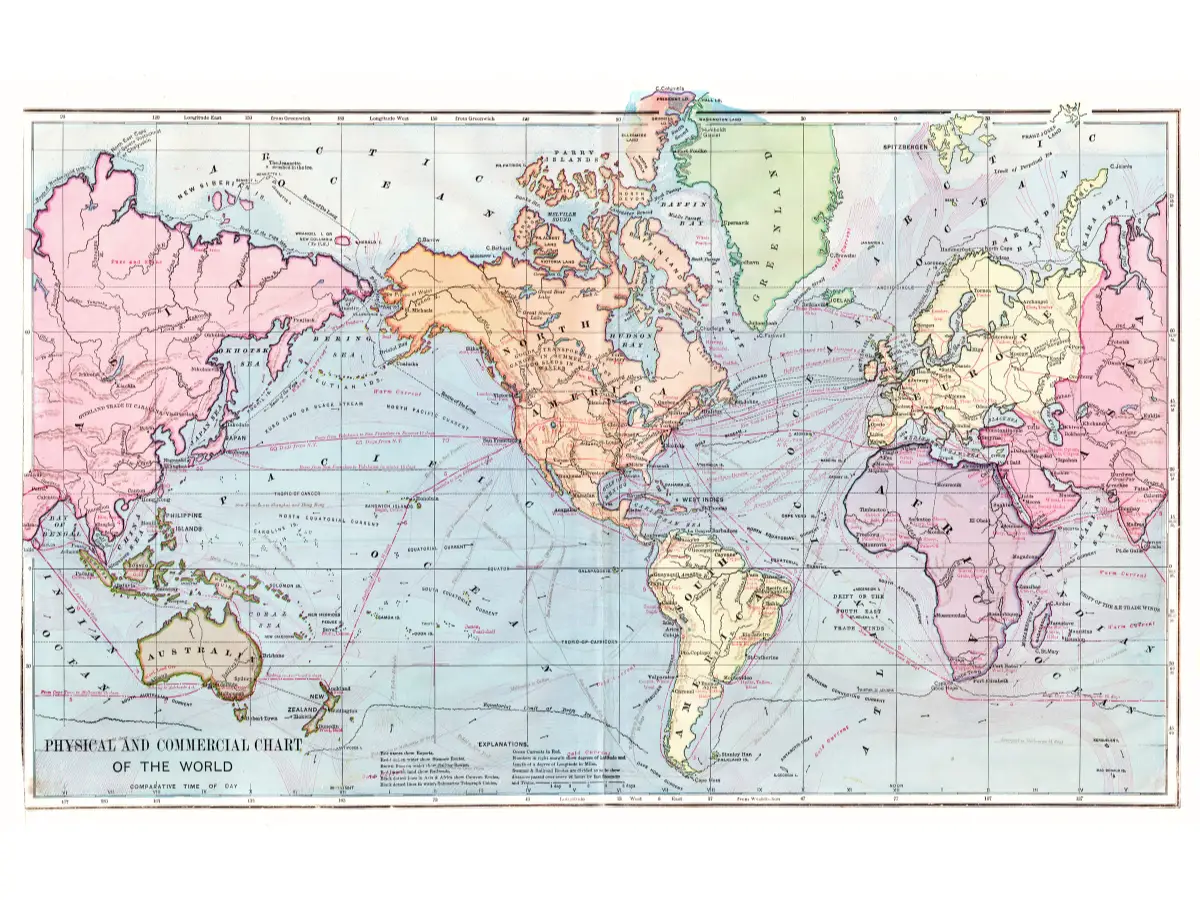
Economic Profile
California has the largest economy among U.S. states and is the fifth largest in the world. Its gross state product (GSP) was estimated at $3.6 trillion in 2022. The state has a diverse economy with a range of industries, including agriculture, manufacturing, technology, and entertainment.
Agriculture
California is one of the largest agricultural producers in the world, with a diverse range of crops due to its varied climate and geography. The Central Valley and Sacramento Valley are two of the most productive agricultural regions in the state. The top crops produced in California include almonds, grapes, strawberries, and lettuce. The state is also a major producer of dairy products and livestock.
Manufacturing
Manufacturing is a significant contributor to California’s economy, with the state being home to a wide range of industries, including aerospace, biotechnology, and electronics. California is the largest manufacturing state in the U.S., accounting for over 11% of the country’s manufacturing output. The state’s manufacturing sector also includes food processing, chemicals, and transportation equipment.
Silicon Valley
Silicon Valley, located in the San Francisco Bay Area, is a hub for technology and innovation. It is home to some of the world’s largest technology companies, including Apple, Google, and Facebook. The region is known for its startup culture and venture capital investments, making it a center for entrepreneurship and innovation. The technology industry in California is a major contributor to the state’s economy, accounting for over 10% of the state’s GDP.
Overall, California’s economy is diverse and robust, with a range of industries contributing to its growth and success. The state’s agricultural production, manufacturing sector, and technology industry are all significant contributors to its economy.
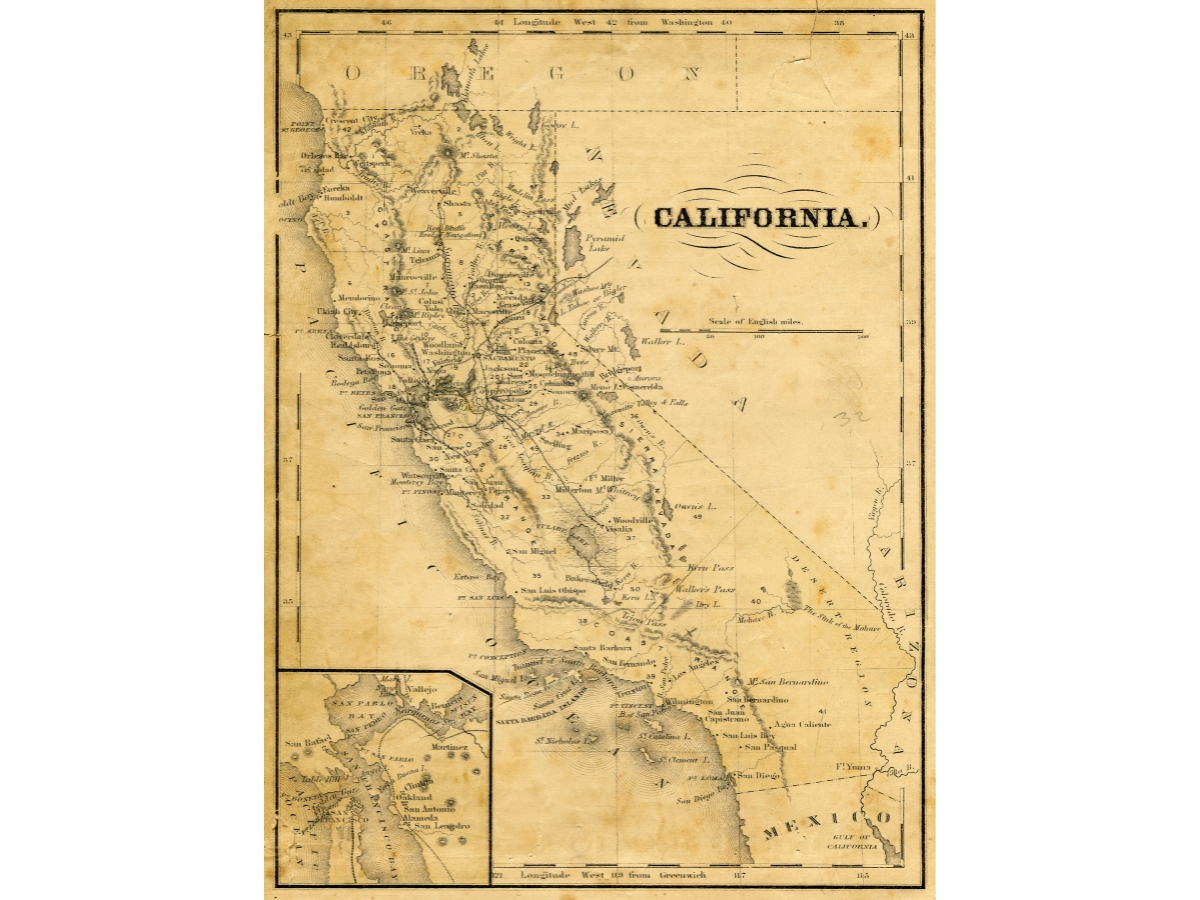
Historical Context
California is a state with a rich and complex history that spans thousands of years. From the Native American period to the European exploration period, the Spanish colonial period, the Mexican Republic period, and United States statehood, California has undergone significant changes throughout its history. This section will provide an overview of some of the most important historical events and influences that have shaped California’s development over time.
California Gold Rush
One of the most significant events in California’s history was the Gold Rush of 1849. The discovery of gold in the Sierra Nevada foothills brought people from all over the world to California in search of fortune and wealth. The Gold Rush had a profound impact on California’s economy, society, and culture. It led to the rapid growth of cities like San Francisco and Sacramento and the development of new industries such as mining and agriculture. The Gold Rush also had a significant impact on the environment, as large areas of land were destroyed in the search for gold.
Spanish Influence
The Spanish played a significant role in California’s early history. They established missions throughout the state, which served as centers for religious, cultural, and economic activity. The Spanish also introduced new crops and livestock to California, which helped to transform the state’s economy. Today, many cities and towns in California still bear Spanish names, and the state’s architecture and culture are heavily influenced by Spanish traditions.
During the Spanish colonial period, California was part of the larger Spanish Empire, which controlled much of the West Coast of North America. The Spanish established a number of settlements in California, including the city of Ventura, which was founded in 1782. Ventura was an important center for trade and commerce, and it played a significant role in the development of California’s economy.
Overall, California’s history is a complex and multifaceted story that reflects the influence of many different cultures and traditions. From the Gold Rush to the Spanish colonial period, California has undergone significant changes over time, and its history continues to shape the state’s identity and culture today.
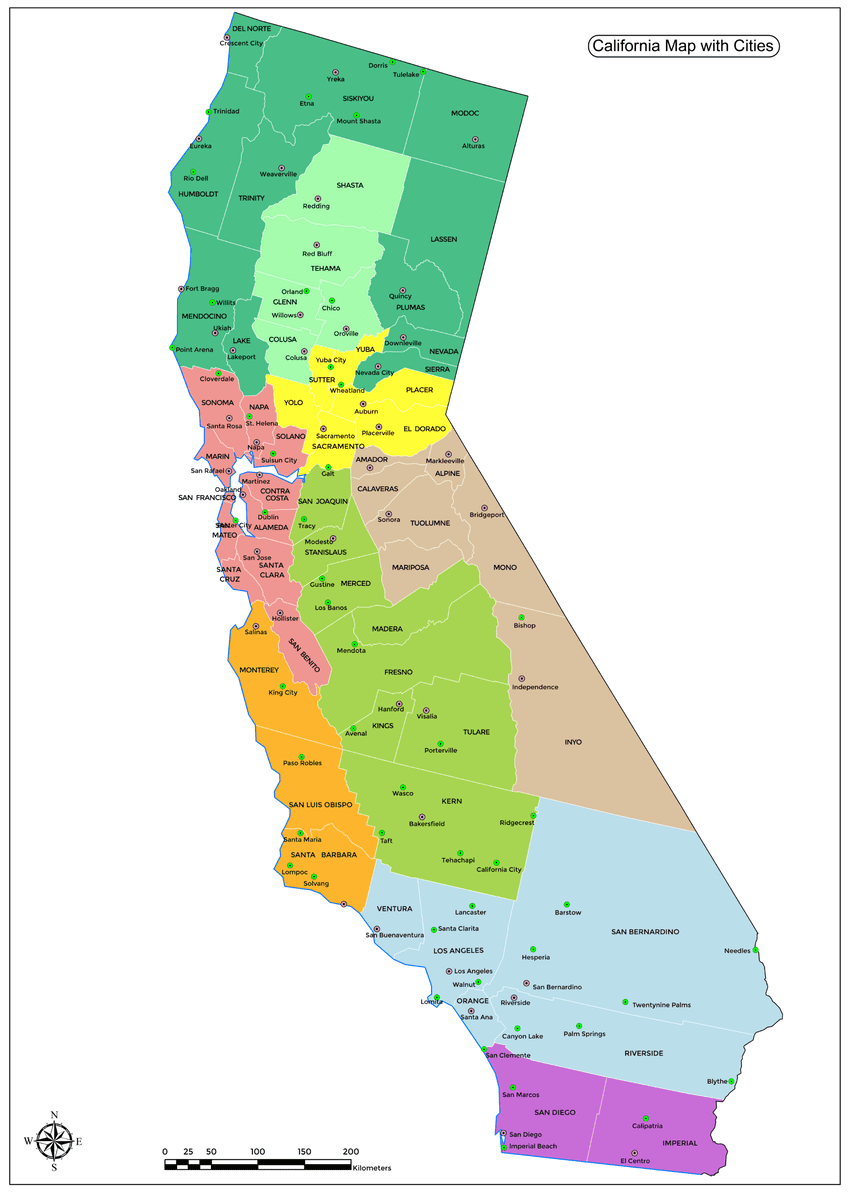
Cultural Aspects
California is a state known for its diverse culture, which is influenced by different regions and ethnic groups. The state’s social scene is vibrant and active, with various events and festivals throughout the year. California has a winter season, which is mild in most areas, and the Mediterranean climate of the state has a significant influence on its culture.
One of the most significant cultural aspects of California is its film industry, centered around Hollywood. The state is home to many famous actors, directors, and producers. The film industry has had a significant impact on the state’s culture, with movies and TV shows showcasing the state’s landmarks, lifestyle, and people. California’s diverse landscape and natural beauty have also made it a popular location for film productions.
The state’s music scene is also thriving, with a diverse range of genres and artists. California has been a hub for rock, punk, and hip-hop music since the 1960s. The state is home to famous music festivals like Coachella and Outside Lands, which attract music lovers from all over the world. The state’s music festivals are known for their unique atmosphere and diverse lineups.
California’s food scene is another aspect of its culture that is worth mentioning. The state’s diverse population has resulted in a mix of cuisines from different regions of the world. California is famous for its Mexican food, seafood, and wine. The state’s wine industry is one of the largest in the world, with famous wine regions like Napa Valley and Sonoma County.
The state’s culture is also influenced by its history and landmarks. California is home to many historical sites, such as the Golden Gate Bridge, Alcatraz Island, and the Hollywood Walk of Fame. These landmarks have become symbols of California’s culture and attract millions of visitors every year.
In terms of references, California has been mentioned in various forms of media, including movies, TV shows, and books. The state’s culture has also been studied and analyzed by academics and researchers. California’s culture is constantly evolving, with new trends and influences emerging every year.
In conclusion, California’s culture is diverse and vibrant, with various aspects that make it unique. The state’s film industry, music scene, food culture, historical landmarks, and references are just a few of the many cultural aspects that make California a fascinating place to visit and explore.
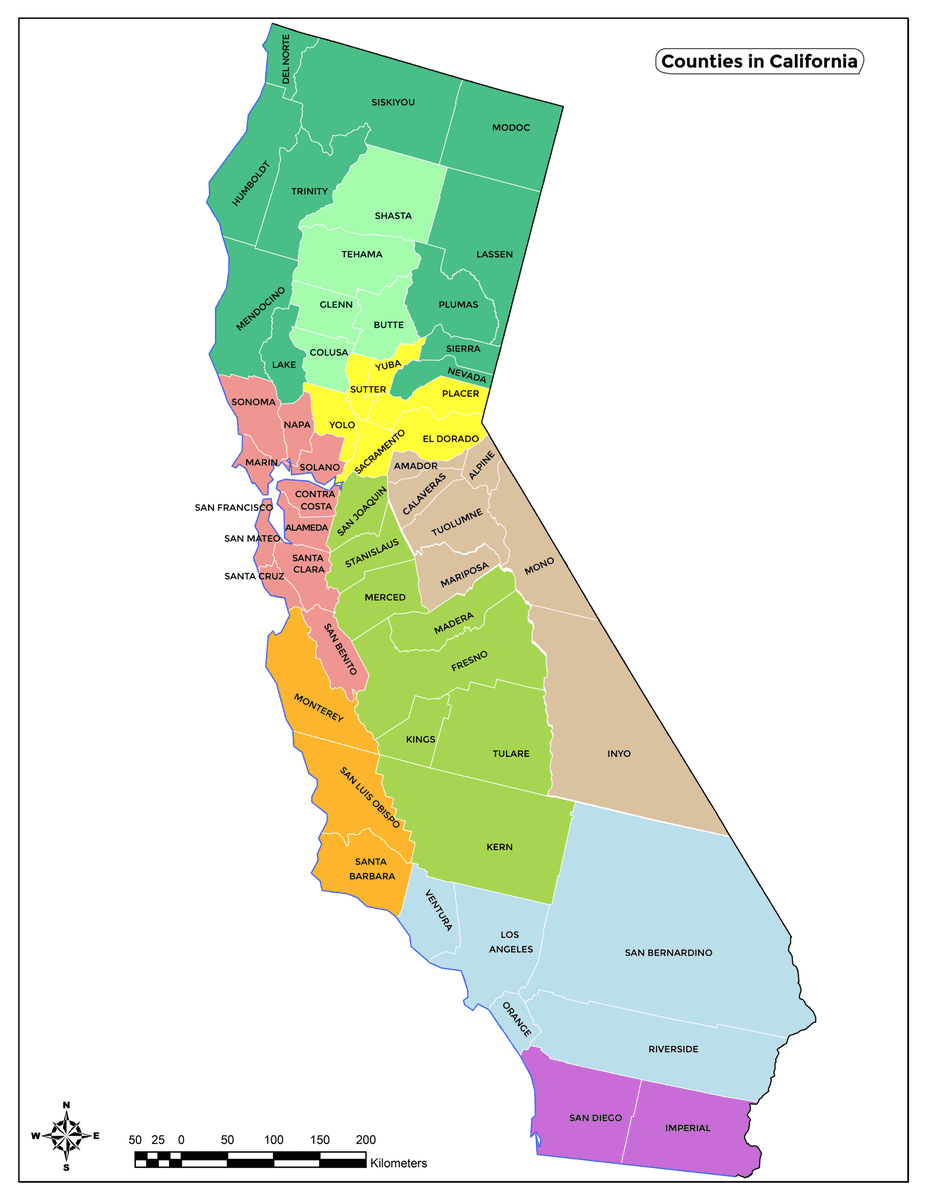
Climate and Natural Features
California is a state located on the west coast of the United States, which is known for its diverse climate and natural features. The state’s climate is influenced by its proximity to the Pacific Ocean, which moderates temperature extremes and creates a Mediterranean climate in many areas.
The state is home to several mountain ranges, including the Sierra Nevada, which is home to Mount Whitney, the highest peak in the contiguous United States. The mountain range is also home to several national parks, including Yosemite National Park and Kings Canyon National Park. These parks offer visitors the opportunity to explore the state’s natural beauty, including its forests, lakes, and waterfalls.
The state is also home to several deserts, including the Mojave Desert, which is located in the southern part of the state. The desert is known for its extreme temperatures, which can reach over 120 degrees Fahrenheit in the summer months. The desert is also home to several unique natural features, including the Badwater Basin, which is the lowest point in North America at 282 feet below sea level.
The Owens Valley is another unique natural feature located in California. The valley is located in the eastern part of the state and is home to several small towns and communities. The valley is also home to several hot springs, which are popular with visitors looking to relax and unwind.
The Great Basin is another natural feature located in California. The basin is located in the eastern part of the state and is home to several unique ecosystems, including sagebrush steppe, pinyon-juniper woodland, and alpine tundra. The basin is also home to several species of wildlife, including pronghorn antelope, bighorn sheep, and sage grouse.
The state’s nickname, the Golden State, is a reference to the state’s gold rush era, which began in 1848. The gold rush brought thousands of people to California in search of fortune, and it helped to shape the state’s culture and economy. Today, the state is known for its diverse economy, which includes industries such as technology, entertainment, and agriculture.
The state is also home to several iconic landmarks, including the Golden Gate Bridge, which spans the Golden Gate strait and connects San Francisco to Marin County. The bridge is one of the most recognizable landmarks in the world and is a popular destination for tourists.
Overall, California’s climate and natural features make it a unique and diverse state. From the mountains to the deserts and everything in between, there is something for everyone to explore and enjoy in the Golden State.

Demographics
California is the most populous state in the United States, with an estimated population of 39.2 million people as of 2021. The state’s population has been steadily increasing over the years, with a growth rate of 5.1% since 2010.
According to the 2020 U.S. Census, California is a diverse state with no single race or ethnic group constituting a majority of the population. The largest ethnic group in California is Latinos, who make up 39% of the population, followed by whites at 35%, Asian Americans or Pacific Islanders at 15%, Blacks at 5%, and multiracial individuals at 4%. Native Americans or Alaska Natives make up less than 1% of the population.
California’s population is distributed unevenly across the state, with the majority of the population concentrated in urban areas. The Los Angeles metropolitan area is the most populous in the state, with an estimated population of 13.1 million people. Other densely populated areas include the San Francisco Bay Area, San Diego, and the Inland Empire.
In terms of age, California has a relatively young population, with a median age of 36.9 years. However, the state’s population is aging, with the number of residents aged 65 and older expected to double by 2040.
California is also home to a significant number of immigrants, with approximately 27% of the population being foreign-born. The majority of immigrants in California come from Latin America and Asia, with Mexico being the largest source country.
In terms of language, California is a diverse state with many residents speaking languages other than English. According to the U.S. Census Bureau, 43.9% of Californians aged 5 years and older speak a language other than English at home. Spanish is the most commonly spoken non-English language in the state, followed by Chinese, Tagalog, and Vietnamese.
Overall, California’s demographics reflect its status as a diverse and populous state with a large immigrant population. The state’s demographics are expected to continue changing and evolving in the coming years, with population growth and demographic shifts likely to impact various aspects of life in California.
